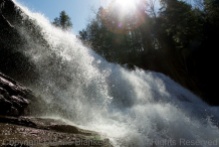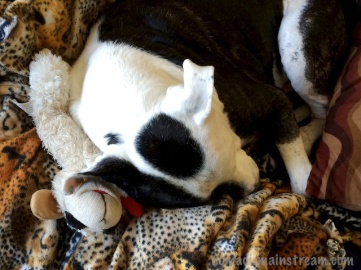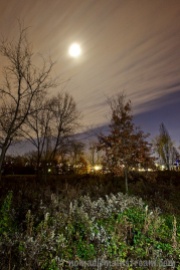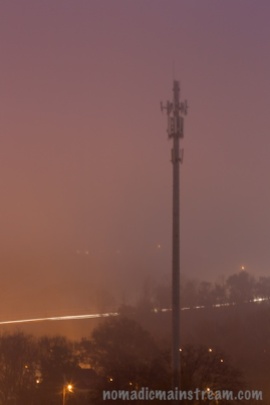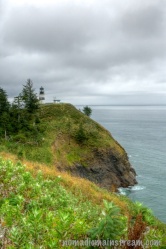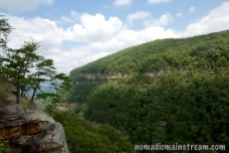It’s officially been 2 months since my leave of absence began. I thought it would be a good time to enumerate both the new lessons I’ve learned and the old lessons that have resurfaced as particularly relevant to this major shift in my life.
- Your time will fill. No matter how much you have to do or how long you think you have to do it, time will pass more quickly than you expected and you will get less done than you planned.
- It doesn’t matter how much of an out-of-the-box thinker you are; if there is no box, you can’t think outside of it.
- When you have a mile-long list of things to do and believe you have only a fraction of the time you need to get them done, you manage your time far more judiciously than when you have a short list of things to do and believe you have all day. (See #1.)
- There is always more opportunity than capacity.
- When one thing has been your biggest time investment for a long time, when you pull it out of your schedule, everything that surrounded it collapses on top of each other and you have to scratch and claw your way through the crap to shove in something new and get all the little stuff safely held at bay.
- Staying busy is not the hard part. It’s staying busy doing the important things instead of the distracting things that’s hard. (See #1.)
- Just because something must be done urgently doesn’t mean it should be done at all.
- I really mind a dirty house less than I mind cleaning it.
- We treat people we have an intimate personal relationship with like someone we have an intimate personal relationship with even when the topics are professional–it takes effort not to hear “I don’t love you” when you disagree.
- Working with your spouse is an opportunity to better your overall relationship. Creating artificial lines between your personal and professional relationship is only lying to yourself. The two roles are inseparable and must feed one another, driving both a closer, more intimate relationship and more creative energy from the feeling of being on the same team working towards the same goals.
- Sleep helps. This is theoretical. I used reverse logic: lack of sleep makes everything harder. Therefore, I believe that if I someday get enough sleep, it will make everything easier.
- Every day we have the opportunity to be more focused, more productive, more playful, more creative, more effective, more attuned to our health, and to get more sleep. We probably won’t do all of these things in the same day, however.
- At the end of the day, it’s you. There is only you and what you did and didn’t get done, whether what you did made a difference, and whether that difference is the difference you intended. Ultimately, there is not, and really never has been, anyone else to blame.












